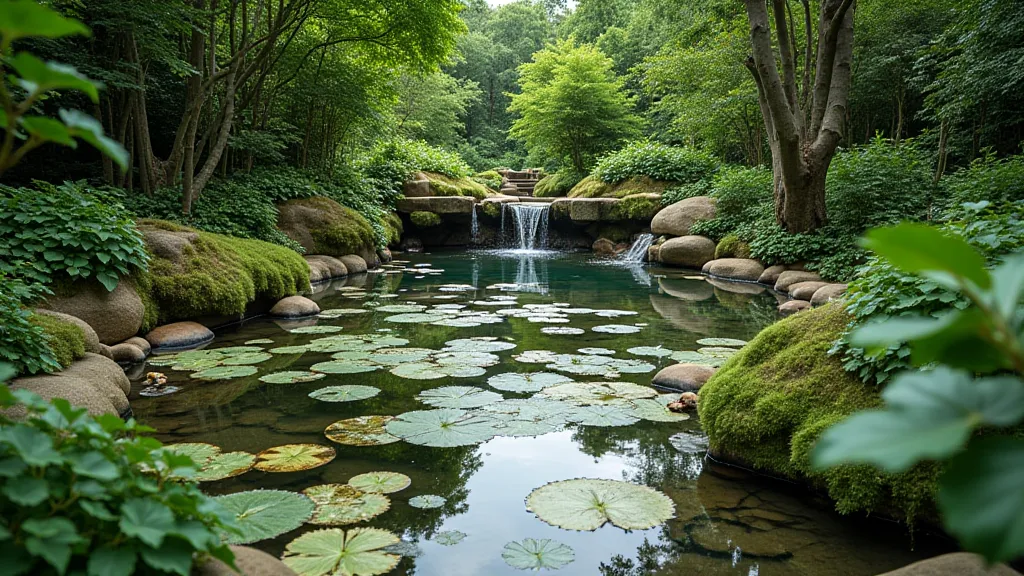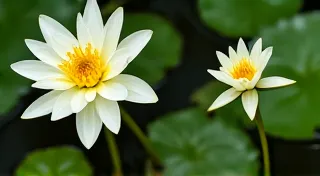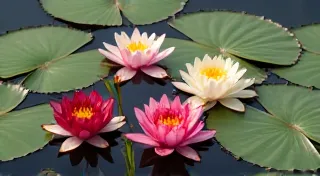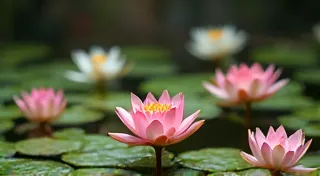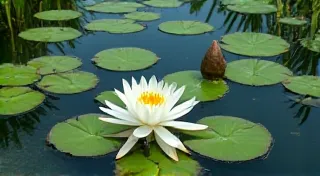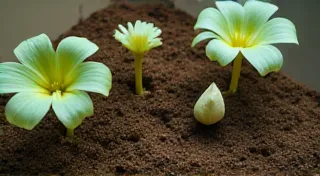Designing a Water Lily Pond: Creating a Stunning Focal Point
A water lily pond isn't just a body of water; it's a breathtaking focal point for any garden. The graceful floating blooms and lush foliage instantly add tranquility and visual appeal. Designing a successful water lily pond requires careful consideration of several factors, from size and shape to the surrounding landscape. This guide will walk you through the essential steps to create a stunning water lily pond that will be the envy of the neighborhood.
1. Planning Your Pond: Size, Shape, and Location
Before you even think about digging, careful planning is key. Consider the available space and your overall garden design.
Size Matters
Water lilies thrive in ponds that are at least 18 inches deep. This depth helps protect the roots from freezing in winter and also helps to keep the water clean. Larger ponds are generally easier to maintain, as temperature fluctuations are less extreme. For most water lilies, a pond diameter of 6-8 feet is a good starting point. Smaller ponds can work, but require more frequent maintenance.
Shape and Style
The shape of your pond should complement your garden's style. Formal gardens often feature geometric shapes like circles or squares. More naturalistic gardens suit irregular shapes, like kidney shapes or freeform designs. A curved edge creates a softer, more organic feel, while straight edges offer a more structured look.
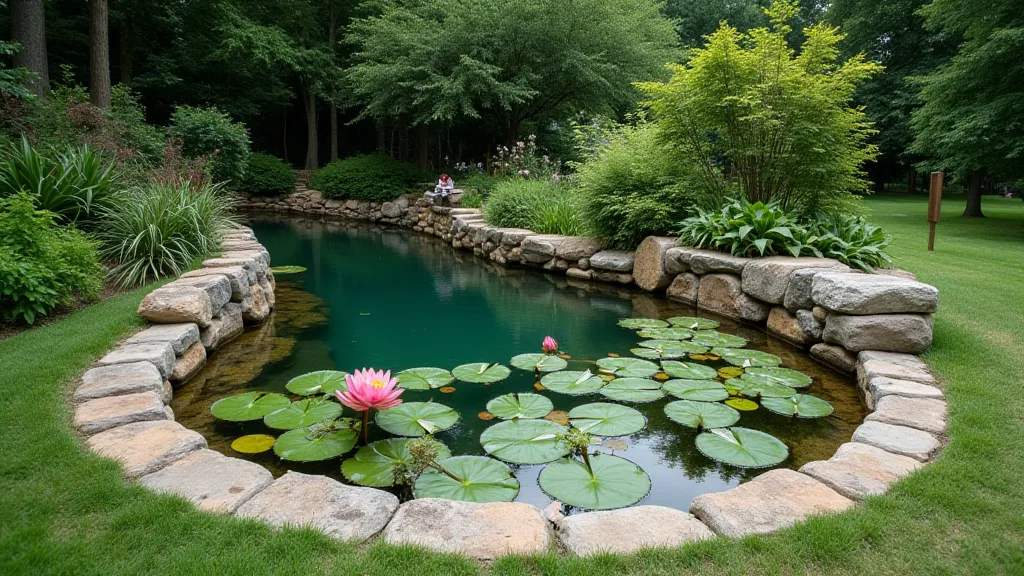
Location, Location, Location
Choose a location that receives at least 6 hours of sunlight daily, which is crucial for water lilies to bloom profusely. Avoid areas directly under trees, as falling leaves can cloud the water and introduce harmful debris. Consider proximity to the house for easy viewing and maintenance. Ensure the area is relatively level to simplify the construction process.
2. Materials and Construction
Pond liners are the most common way to create a water lily pond. There are two main types:
- Flexible Liners (PVC or EPDM): These are more affordable and easier to install, especially for irregular shapes.
- Preformed Liners: These are rigid, molded ponds that offer a quick and easy installation. However, they're limited in shape and size.
If using a flexible liner, you'll need to excavate the pond to the desired depth and shape. A bed of sand at the base will protect the liner. Properly secure the liner around the edges with rocks or edging material. The choice of edging is aesthetic. Natural stone blends well with a naturalistic garden, while brick or pavers offer a more formal look.
3. Incorporating Complementary Plants
Water lilies are the stars of the show, but surrounding plants can enhance the overall aesthetic and ecological health of your pond. Consider these options:
- Marginal Plants: These plants grow along the edges of the pond and provide habitat for wildlife. Examples include irises, reeds, and pickerelweed.
- Floating Plants: Water hyacinth (check local regulations as it can be invasive) and parrot's feather add movement and texture to the water's surface.
- Submerged Plants: Anacharis and other submerged plants help oxygenate the water and filter out impurities.
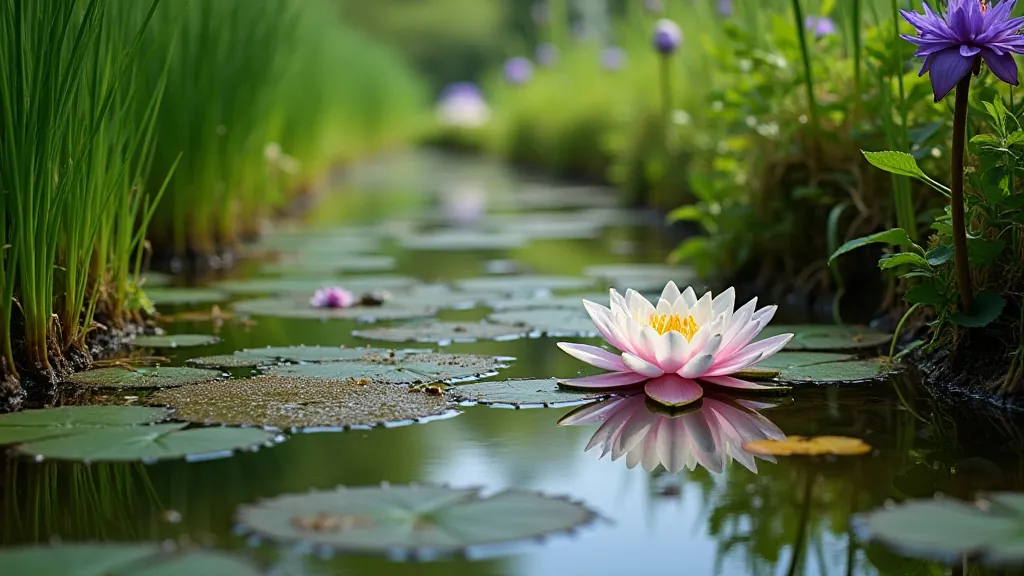
4. Aesthetic Considerations & Design Details
Think about how your pond will look throughout the seasons. Consider adding a small waterfall or fountain to create the soothing sound of running water. Strategic lighting can highlight the beauty of your water lilies at night. A small rock or stone 'island' can provide a natural-looking spot for a larger water lily or other plants.
The surrounding landscaping is just as important as the pond itself. Use a variety of plants with different heights and textures to create a layered effect. Consider the view from your house and other areas of the garden.
5. Final Thoughts: Creating Your Oasis
Designing a water lily pond is a rewarding project that will transform your garden into a tranquil oasis. With careful planning and attention to detail, you can create a stunning focal point that you'll enjoy for years to come. Remember to research the specific needs of your chosen water lily varieties and other aquatic plants to ensure their thriving in your pond.
